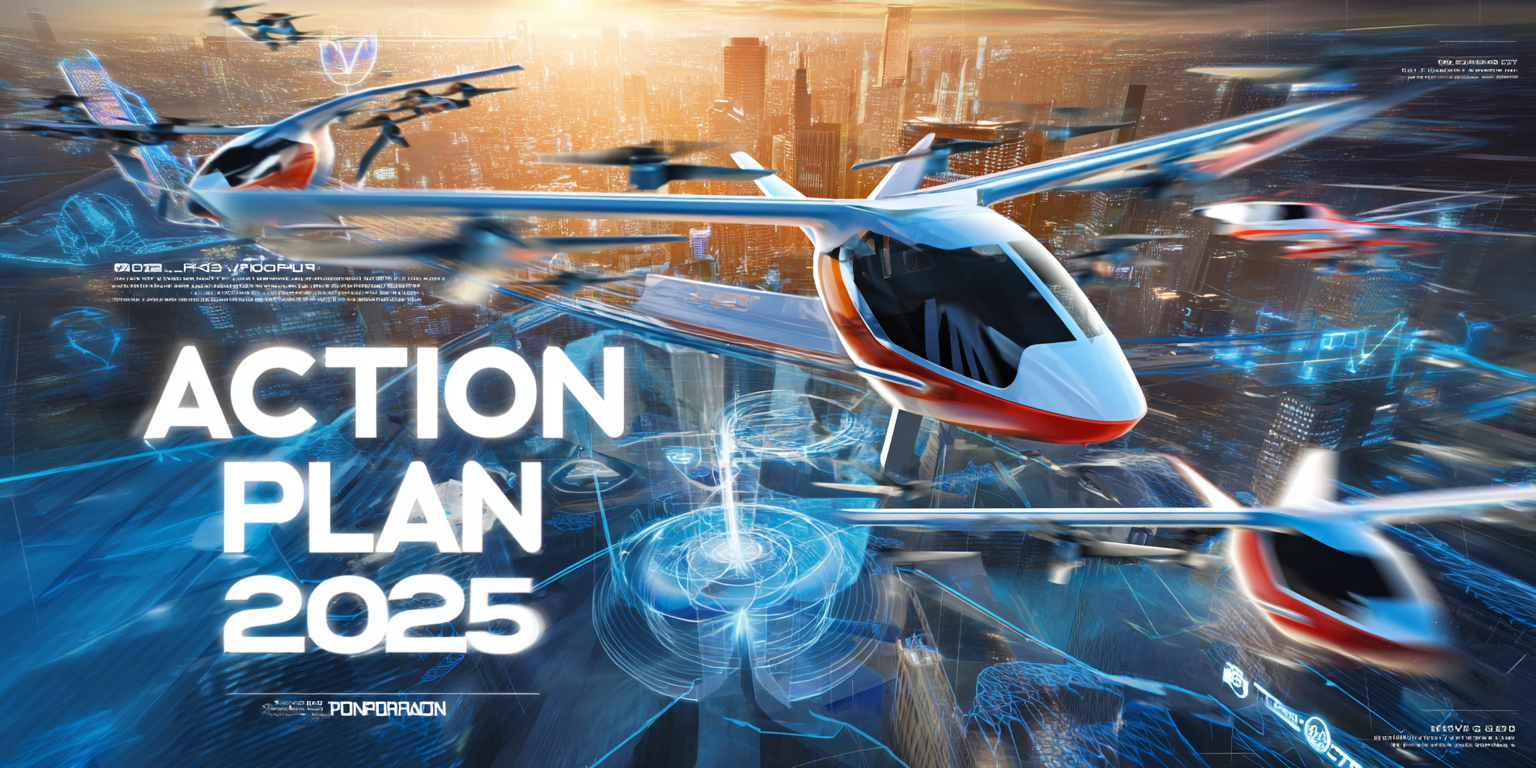The Moller Skycar, the brainchild of Canadian inventor Paul Moller, is a testament to the enduring dream of personal flight. It represents one of the earliest and most ambitious attempts to create a personal flying vehicle with vertical takeoff and landing (VTOL) capabilities. Conceived in the 1960s, the Skycar's journey is a fascinating tale of innovation, perseverance, and the relentless pursuit of a dream that paved the way for modern electric VTOL (eVTOL) aircraft despite its ultimate commercial failure.
Early Development and Vision
 Paul Moller and his SkyCar
Paul Moller and his SkyCar
Paul Moller's journey began in the 1960s, driven by a lifelong fascination with flight. Growing up on a chicken ranch in British Columbia, Moller displayed an early aptitude for engineering, building his first "house" at age 6 and a Ferris wheel to simulate flight by age. This passion led him to pursue aeronautical engineering, eventually founding Moller International in 1983 to develop his flying car concept.
Early Development and Vision
Paul Moller, an engineer passionate about flight, began developing the Skycar concept in the 1960s. His vision was inspired by his work on VTOL technology and rotary engines. The first prototype, the XM-2, was unveiled in 1965, showcasing the potential for vertical takeoff and landing using multiple ducted fans. Throughout the 1970s and 1980s, Moller continued to refine his designs, culminating in the M200X in 1989, which demonstrated stable hovering capabilities during tethered flights.
The 1990s saw the introduction of the M400 Skycar, the most well-known iteration of Moller's flying car concept. This four-seat vehicle was designed to take off, land vertically like a helicopter, and transition to forward flight like an airplane. The M400 featured a sleek, futuristic design with folding wings and promised a cruising speed of over 300 mph. Moller's vision was to make personal air travel as common as driving, with Skycars replacing traditional automobiles for many journeys.
Key features of the M400 Skycar included:
- Vertical takeoff and landing capability
- A projected top speed of 331 mph at sea level
- A range of 750 miles
- Ability to operate on automotive fuel
- Emergency parachute system
Technical Innovations and Challenges
Despite the innovative engineering and significant investment—reportedly around $200 million—the Skycar project faced numerous challenges that ultimately prevented it from achieving commercial success:
- Technical Difficulties: The complex system of ducted fans and rotary engines proved difficult to control and stabilize, especially during the critical transition from vertical to horizontal flight. This fundamental technical hurdle remained unresolved, limiting the Skycar to tethered demonstrations only.
- Regulatory Hurdles: The Skycar's unique design posed significant challenges for certification. It didn't fit neatly into existing regulatory categories as a hybrid between a car and an aircraft. The Federal Aviation Administration (FAA) requires extensive testing and certification for any new aircraft design, a process that proved insurmountable for Moller International.
- Financial Struggles**: Despite significant personal investment, the company struggled to secure adequate funding to bring the Skycar to market. In 2009, Moller International filed for bankruptcy protection, further hindering development efforts.
- Skepticism and Accusations**: Persistent delays and unfulfilled promises led to growing skepticism within the aviation industry and among potential investors. In 2003, the Securities and Exchange Commission (SEC) accused Moller of civil fraud, alleging false and misleading statements about Skycar's capabilities and readiness for the market. This legal action damaged the company's credibility and made it even more difficult to secure funding.
Differences Between the Skycar and Modern eVTOLs
There are notable differences between the Moller Skycar and modern eVTOL aircraft. The Skycar relied on rotary combustion engines, while eVTOLs used electric propulsion. Additionally, the Skycar was envisioned as a personal vehicle, while eVTOLs are focused on urban air mobility and air taxi services. Despite these differences, the Skycar's development contributed significantly to advancements in VTOL technology. Using multiple ducted fans for vertical lift and forward propulsion inspired similar configurations in modern aircraft. Moreover, Moller's early focus on personal air mobility helped spark interest in urban air transportation, paving the way for current eVTOL air taxi services developed by companies like Joby Aviation and Lilium.

Persistence, Timing, and Inspiration
Moller's persistence in the face of skepticism kept the dream of personal flight alive, even as Skycar faced criticism and financial challenges. Although the Skycar was ahead of its time, its development helped pave the way for modern eVTOL (electric vertical takeoff and landing) companies. These companies, such as Joby Aviation, benefit from technological advancements and a more receptive regulatory environment unavailable during Skycar's development. While it may not have achieved its ultimate goal of transforming personal transportation, Skycar's visionary idea sparked an entire industry, bringing us closer to the long-held dream of personal flight.





